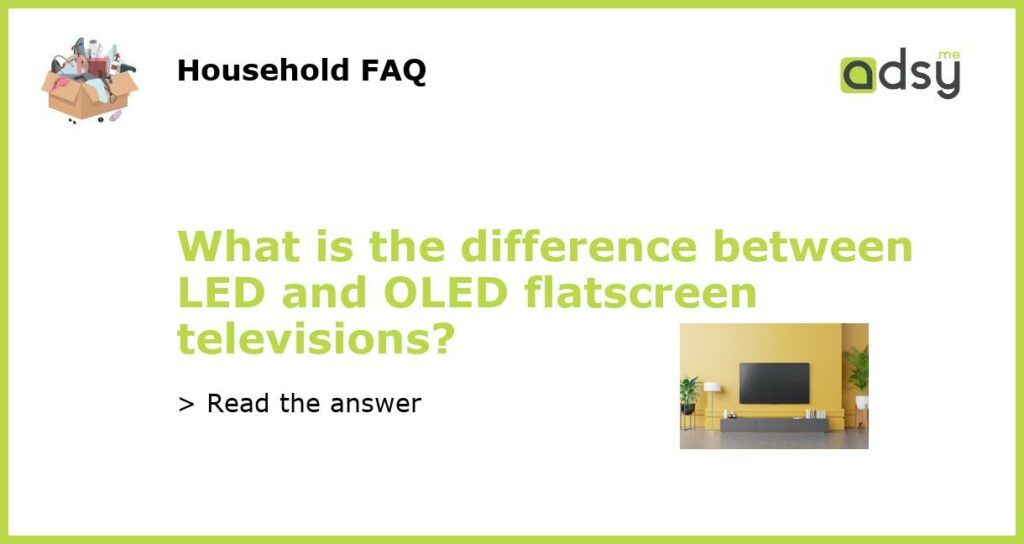What Are LED and OLED TVs?
Before we dive into the differences between LED and OLED TVs, let’s first define what each of these terms means. LED stands for “light-emitting diode,” which is a type of display technology that uses small LED bulbs to illuminate the image on your screen. OLED, on the other hand, stands for “organic light-emitting diode,” and it uses a material called organic electroluminescent to create vivid and lifelike colors.
The Pros and Cons of LED TVs
One of the main advantages of LED TVs is their affordability. They tend to be less expensive than OLEDs, and they come in a variety of sizes and resolutions to fit any budget. Additionally, LED TVs are known for their brightness and sharpness, which makes them a great choice for watching sports or action movies. On the downside, however, LED TVs can suffer from poor contrast levels, which can make dark scenes look washed out or gray.
The Pros and Cons of OLED TVs
OLED TVs are widely considered to be the gold standard in flatscreen televisions. They offer vibrant, lifelike colors and deep, rich blacks, thanks to their individual pixel-level lighting. Because each pixel emits its own light, OLED TVs can achieve near-perfect contrast, making them ideal for watching movies and TV shows with a lot of dark scenes. However, OLEDs tend to be significantly more expensive than LED TVs, and they are more prone to burn-in, which can occur when a static image is displayed for an extended period of time.
Which One Is Right for You?
Ultimately, the decision between an LED and OLED TV comes down to your individual needs and budget. If you’re on a tight budget and don’t mind sacrificing a bit of picture quality, an LED TV may be the best choice for you. If you want the absolute best picture quality and are willing to pay a premium for it, an OLED TV is definitely worth considering. However, keep in mind that OLEDs are more prone to burn-in, so if you watch a lot of TV with static images (like news tickers or video games), you may want to stick with an LED TV.
The Future of Display Technology
Regardless of which type of TV you choose, it’s worth noting that the future of display technology is constantly evolving. Newer technologies like micro-LED and quantum dot are already on the horizon, promising even more vivid colors, sharper resolution, and better contrast than ever before. So whether you opt for an LED or OLED TV today, it’s likely that in the future, we’ll have even more advanced display technology to choose from.






